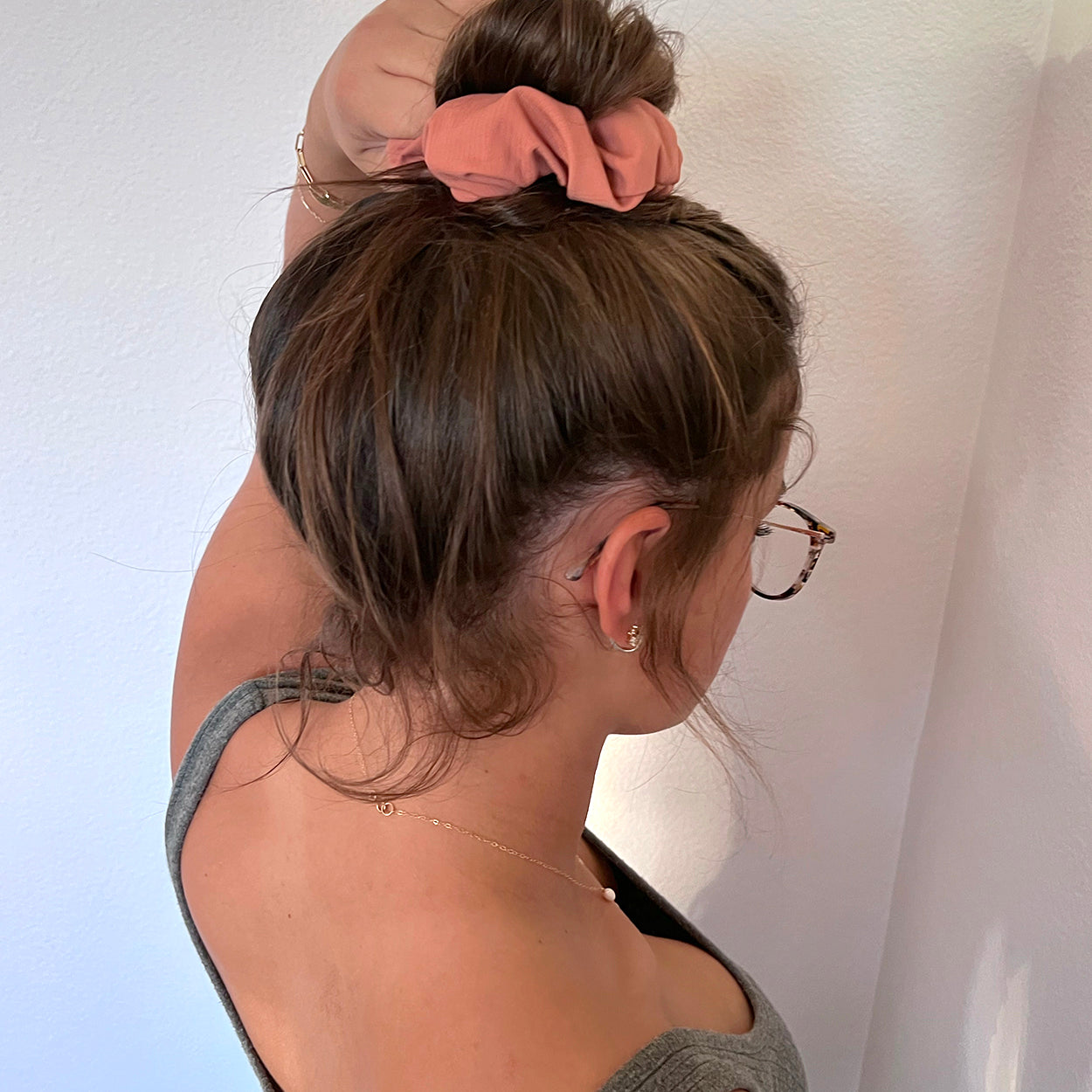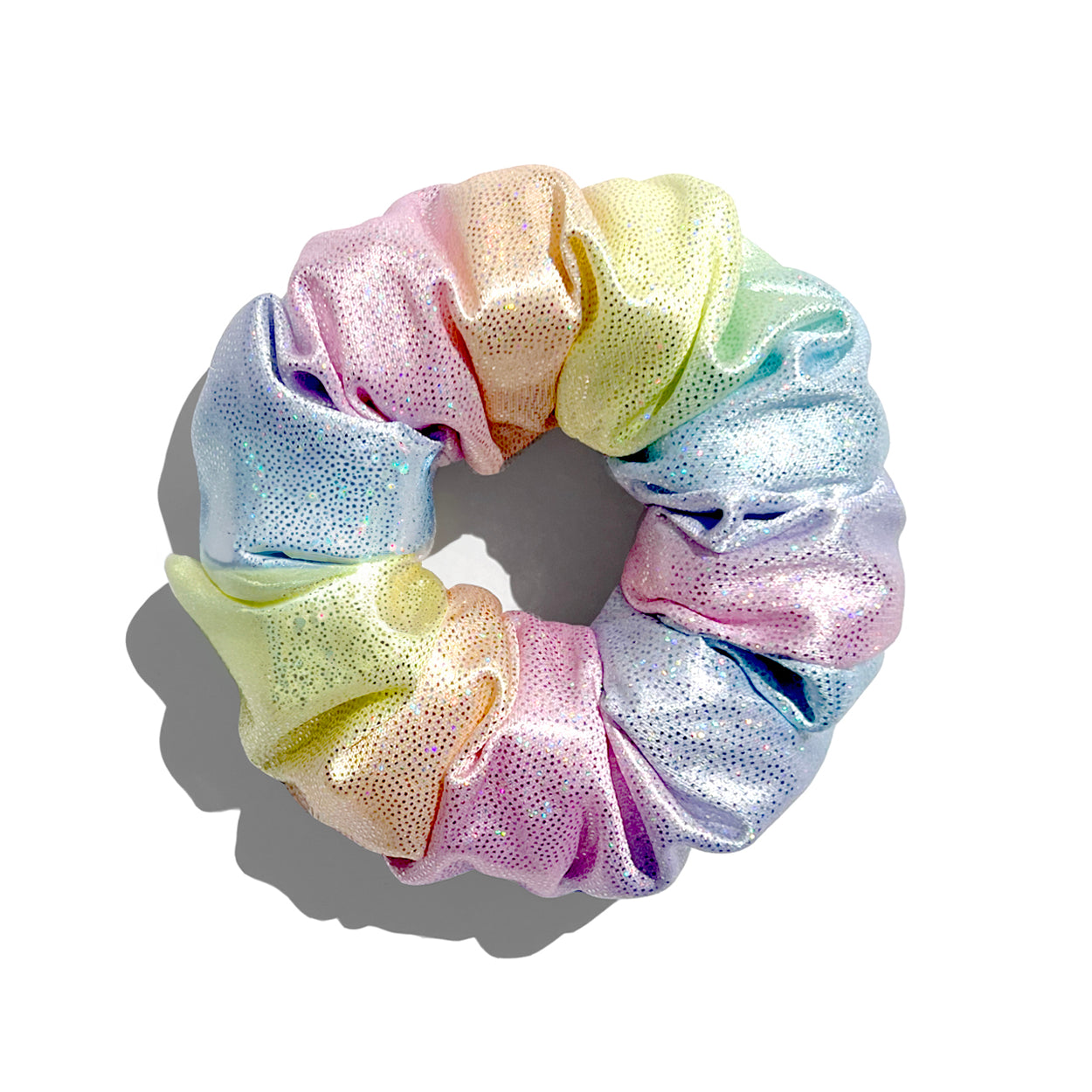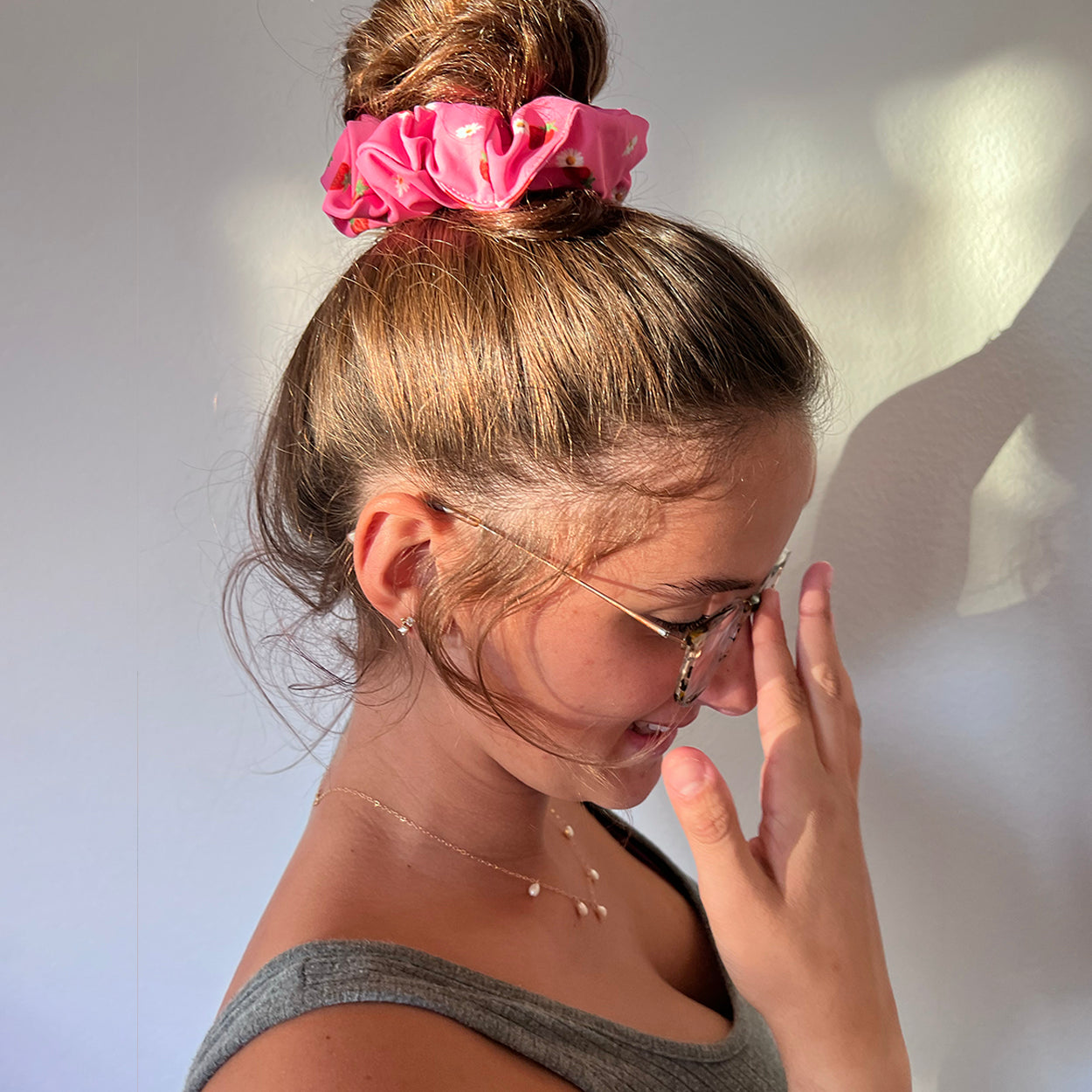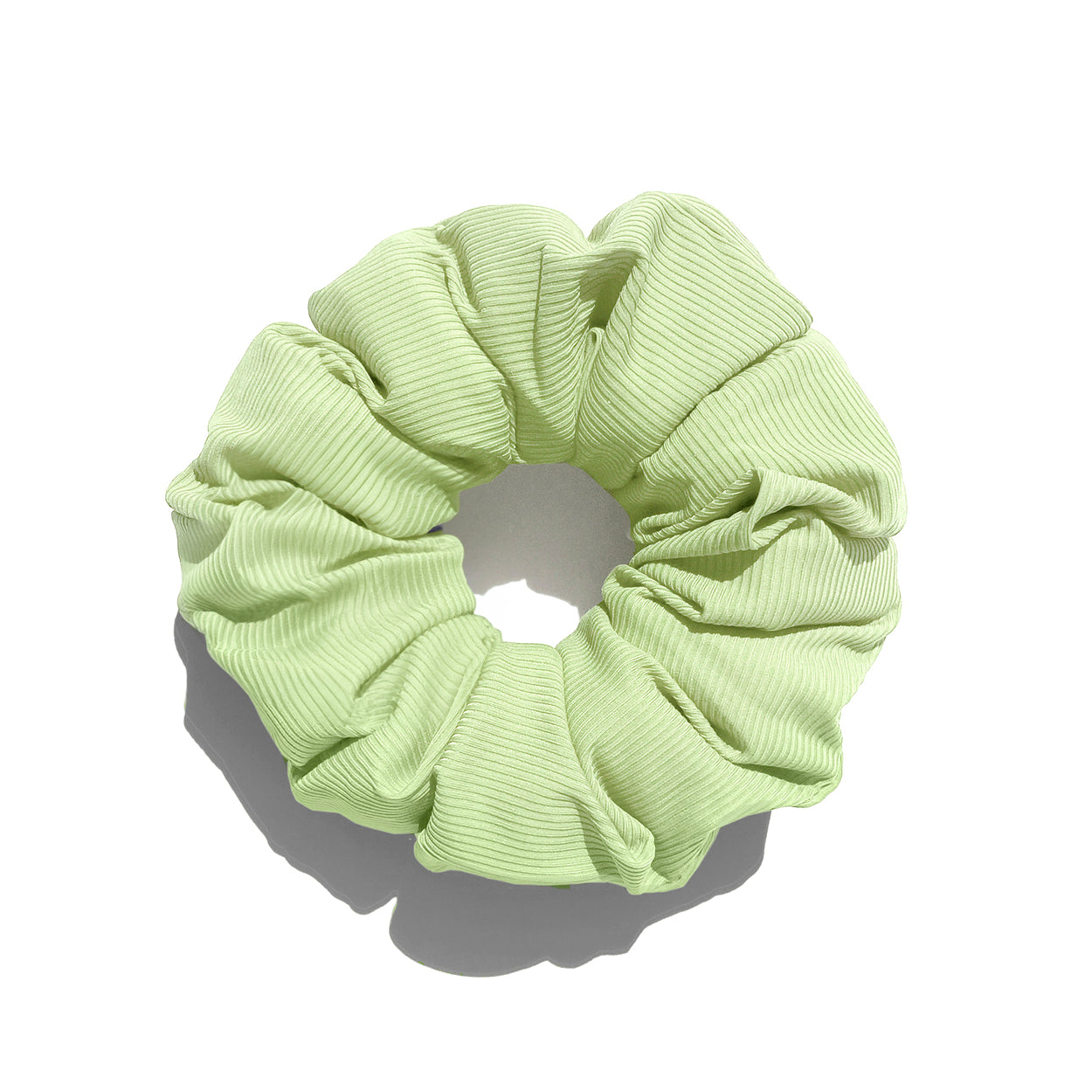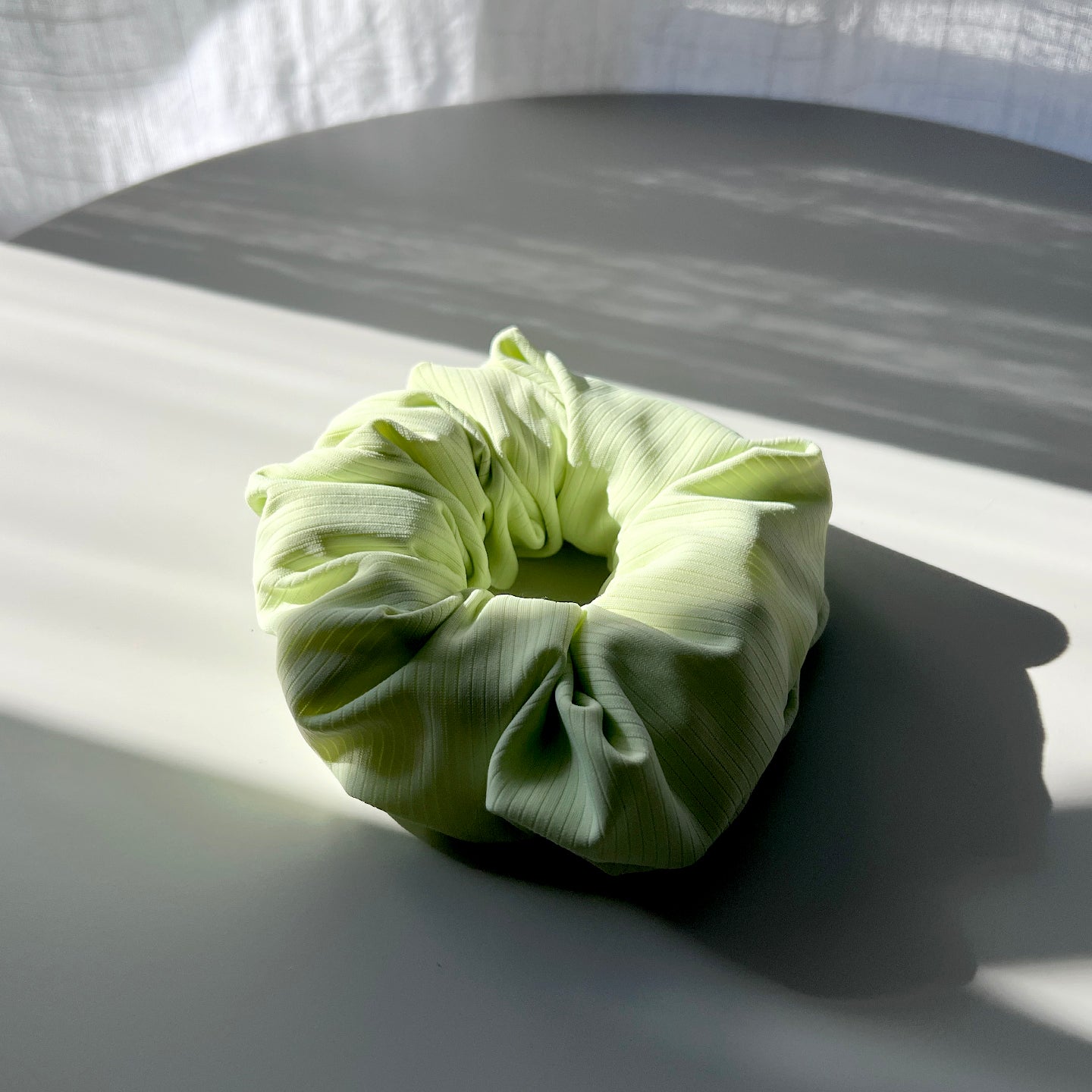“Sensory overload” is defined as the reaction a person has when any number of their five senses (sight, hearing, touch, smell, taste) is overwhelmed, usually by something in their immediate environment. Our brains are equipped to handle a finite amount of information, so sensory overload acts as a mental stop-gap during instances of extreme stimulation. This phenomenon can occur in various settings, from a rowdy house party to a mostly quiet library.
Much about sensory overload depends on the individual, rather than adhering to a textbook definition. A person’s triggers and their responses to those triggers create an amalgam of potential outcomes in a high-sensation situation, which is why it’s essential to note that there is no single explanation for sensory overload; everyone is unique, meaning that the signs and resulting coping mechanisms are unique, too.
We’ll discuss this issue with as much nuance as possible in order to inform and encourage neurotypical readers who have not felt sensory overload firsthand, since education is fundamental to changing the perceptions of autism in public discourse.
What are the signs of sensory overload?
Imagine an interaction where you’re catching up with an old friend. You’re at a restaurant together and they’re telling you a long story…
Sunlight streams through the windows, ebbing and flowing as the cloud cover shifts, making it suddenly brighter then suddenly dimmer inside the restaurant. A cacophony of noise flows between your ears: the tinkling of silverware on plates, the din of other conversations, occasional shouts from behind the counter, a murmuring playlist of classical music overhead, birdsong out the open doors, honking in the street, etc. Your new sweater is unexpectedly scratchy on your skin, causing you to feel too warm and itchy. Random nearby smells waft into the dining area, a mixture of tabletop bouquets, car exhaust, and something burning in the kitchen. A bite of bruschetta clashes with a forkful of fish. The story your friend is telling begins to fade into the background.
If simply picturing that scene was exhausting, you’ve just briefly peeked into the world of someone who struggles to process sensory information. It can be challenging for anyone to focus and feel calm in such an environment, but with sensory overload, these distractions become unbearable, to the point where the fight, flight, or freeze response is activated during an episode. This puts a lot of pressure and stress on the person at its center.
Common signs of sensory overload include stress, anxiety, agitation, irritability, overexcitement, rapid breathing or heart rate, muscle tension, sweating, and difficulty focusing, as well as sensitivity to light, sounds, fabrics, scents, and/or flavors; attempts to block out these feelings by covering one’s eyes or ears is another frequent indicator of sensory overload. Some individuals opt to cope by stimming, a behavioral response that can include fidgeting, rocking, pacing, foot-tapping, or humming.
While this list of symptoms might seem long, it’s actually an abridged collection of sensory overload manifestations. In reality, people often feel even more physical and/or emotional reactions to the overstimulation that comes with sensory overload on a day-to-day basis.
Sensory overload affects a wide array of people, including folks with post-traumatic stress disorder (PTSD), obsessive compulsive disorder (OCD), attention deficit hyperactivity disorder (ADHD), and autism spectrum disorder (ASD). It could present as hyposensitivity (under-reactive to sensory stimuli) or hypersensitivity (over-reactive to sensory stimuli), the latter being most common on the spectrum. Specifically, sensory sensitivity affects autistic individuals anywhere from 69 to 93 percent of the time.
Two additional senses, categorized as “proprioceptive” and “vestibular” senses, can also be overloaded (or underloaded, if hyposensitive). These “hidden” senses are tied to motor skills, balance, and body awareness. Though not well-known, proprioceptive and vestibular senses play a major role in how a person functions, and they are vulnerable to overstimulation just as the five traditional senses are.
All of this is to say that sensory overload is complex and multifaceted. Neurodivergent individuals regularly deal with sensory overload, which requires thoughtful interventions and accommodations in order to prevent and manage the discomfort.
What can be done to inhibit sensory overload?
The best thing you can do to help someone avoid a sensory overload state is to be sympathetic. Terms like “meltdown” or “tantrum” are thrown around in describing sensory overload – these labels are completely inaccurate and show a lack of understanding for the neurodivergent community. Listen and stay informed as to how you may assist in these moments.
A person can adjust their senses and stop overload from occurring in certain situations through a technique called sensory regulation. Options include self-regulation (using one’s own strategies to calm their senses) and co-regulation (receiving outside help from another person or people to regulate their senses). Relying on hand held sensory tools such as Smush scrunchies or Tangles to focus the senses can be a consistent tactic in managing one’s sensitivities, the goal being to totally stave off sensory overload, because once a person’s senses do become overloaded, it’s extremely hard to disengage and return to baseline, so to speak.
Accommodations do wonders for people who are susceptible to sensory overload. If you have a neurodivergent friend or family member and you want to learn more about how to be supportive of their sensitivities, there are several ways you can help.
- Light sensitivity (sight): providing blackout curtains and/or eye masks and/or sunglasses, opting for indoor recreation (less direct sunlight and more control over the environment), reducing harsh fluorescent or artificial lighting, limiting time in bright places
- Auditory sensitivity (sound): keeping doors/windows closed to reduce outside noise at home, providing ear plugs and/or music and/or white noise, avoiding known loud areas in public
- Physical sensitivity (touch): communicating intention to touch someone before doing so, respecting physical boundaries by not touching someone who has requested space, help to remove tags/seams from their clothing, introducing new textures or touch gradually, accepting that a hug isn’t always comforting but can actually cause more distress
- Odor sensitivity (smell): avoiding strong perfumes/colognes, use unscented products such as detergents or soaps, ensuring that areas are fragrance-free
- Flavor/texture sensitivity (taste): switching out trigger foods for other options, changing the texture of a food through its preparation, offer alternative foods that adhere to known preferences while delivering similar nutritional benefit
Creating a safer space to reduce or prevent sensory overload for neurodivergent individuals makes a big difference. The feelings caused by this sensation are frustrating and draining, but it can be helpful to have loved ones who realize what’s going on.
So, you asked: what does sensory overload feel like? Think of it as a kind of attack, where the person affected is being made to feel helpless by the onslaught of information coming at them. Practice patience and recognize that no one wants to experience sensory overload – but it’s a very real part of neurodivergence for many, and the aforementioned coping mechanisms (like stimming) do alleviate sensory overload effects.
Our squishy scrunchie functions as a tool to interrupt sensory overload while also accessorizing in a fun, stylish, and discreet way. To learn more about our mission, check out our “About Us” page.



